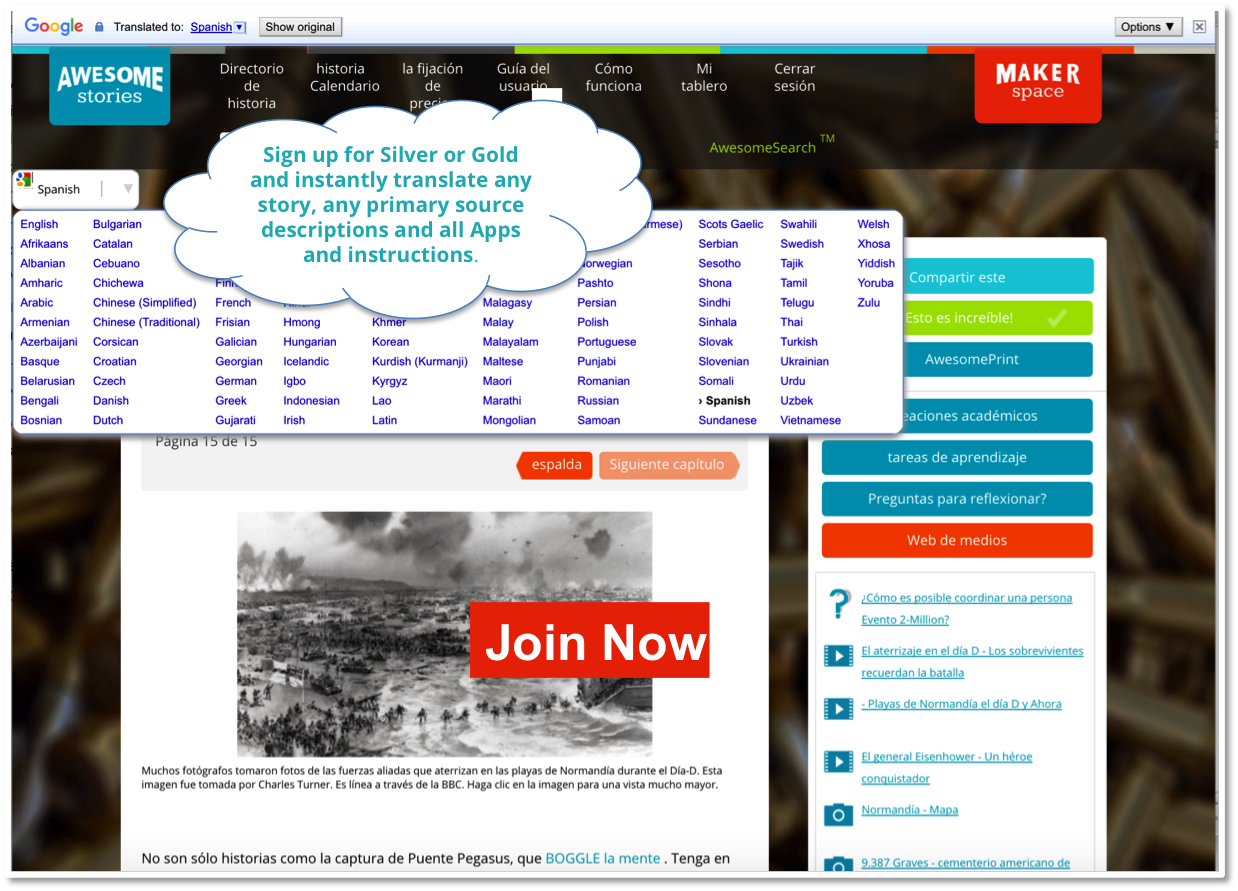-
11-07-2013
Analyze various accounts of a subject told in different mediums (e.g., a person's life story in both print and multimedia), determining which details are emphasized in each account.
-
11-07-2013
Explain how an author uses reasons and evidence to support particular points in a text.
-
11-07-2013
Explain how an author uses reasons and evidence to support particular points in a text, identifying which reasons and evidence support which point(s).
-
11-07-2013
Explain how a series of chapters, scenes, or stanzas fits together to provide the overall structure of a particular story, drama, or poem
-
11-07-2013
Analyze the interactions between individuals, events, and ideas in a text (e.g., how ideas influence individuals or events, or how individuals influence ideas or events).
-
11-07-2013
Compare and contrast the overall structure (e.g., chronology, comparison, cause/effect, problem/solution) of events, ideas, concepts, or information in two or more texts.
-
11-07-2013
Explain the relationships or interactions between two or more individuals, events, ideas, or concepts in a historical, scientific, or technical text based on specific information in the text.
-
11-07-2013
Introduce a topic; organize ideas, concepts, and information, using strategies such as definition, classification, comparison/contrast, and cause/effect; include formatting (e.g., headings), graphics (e.g., charts, tables), and multimedia when useful to aiding comprehension.
-
11-07-2013
Explain how an author uses reasons and evidence to support particular points in a text.
-
11-07-2013
Determine the meaning of words and phrases as they are used in a text, including figurative, connotative, and technical meanings; analyze the cumulative impact of specific word choices on meaning and tone (e.g., how the language of a court opinion differs from that of a newspaper).



